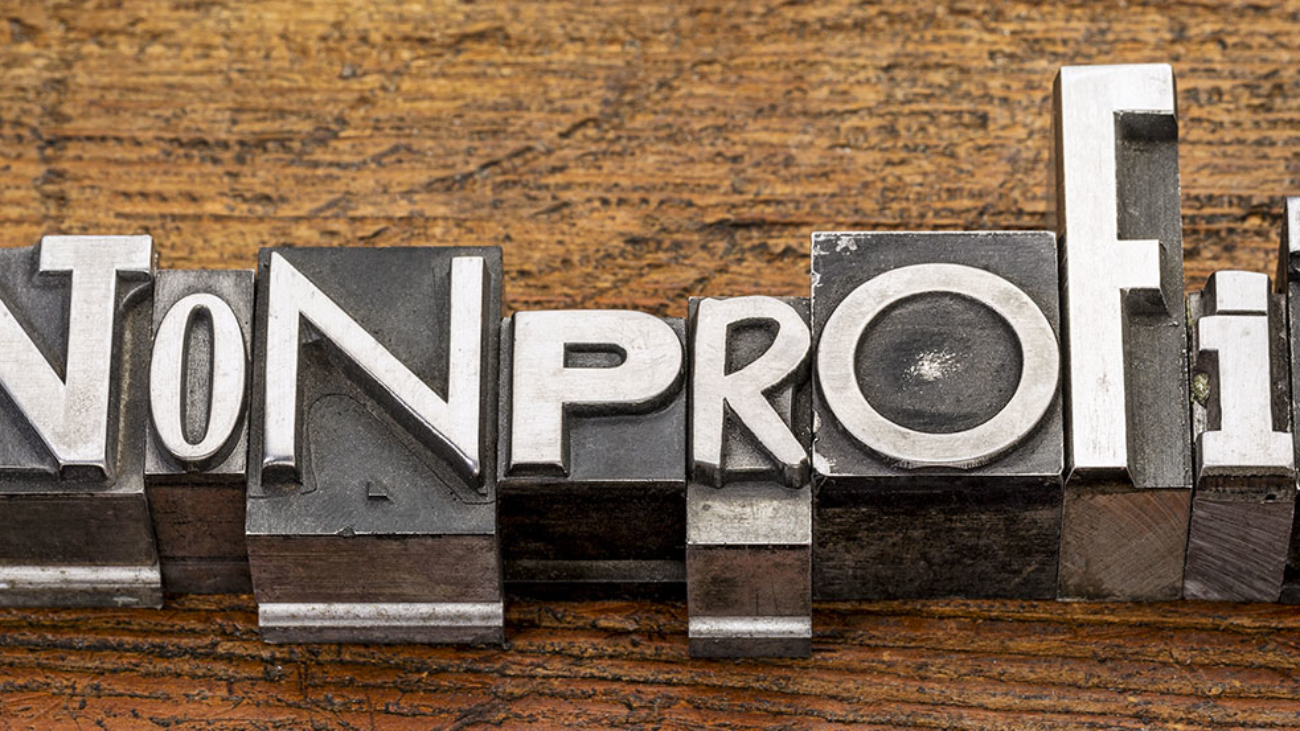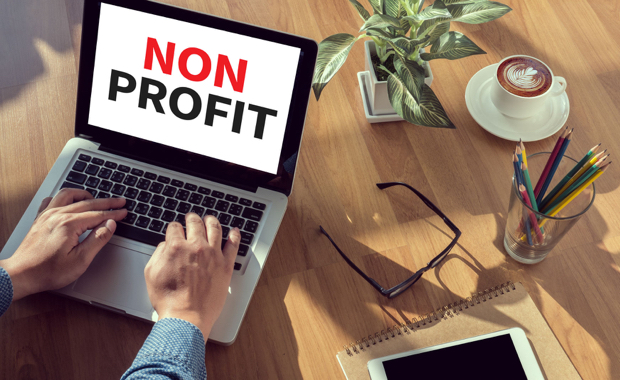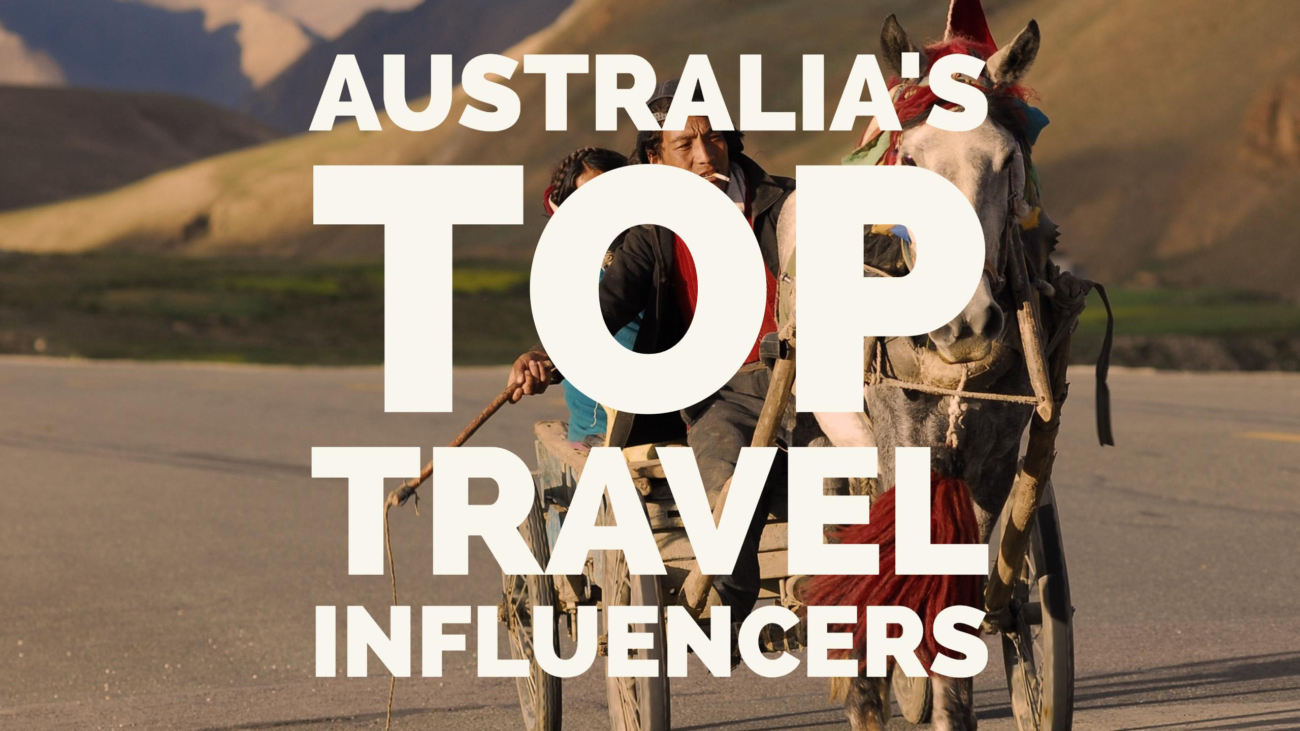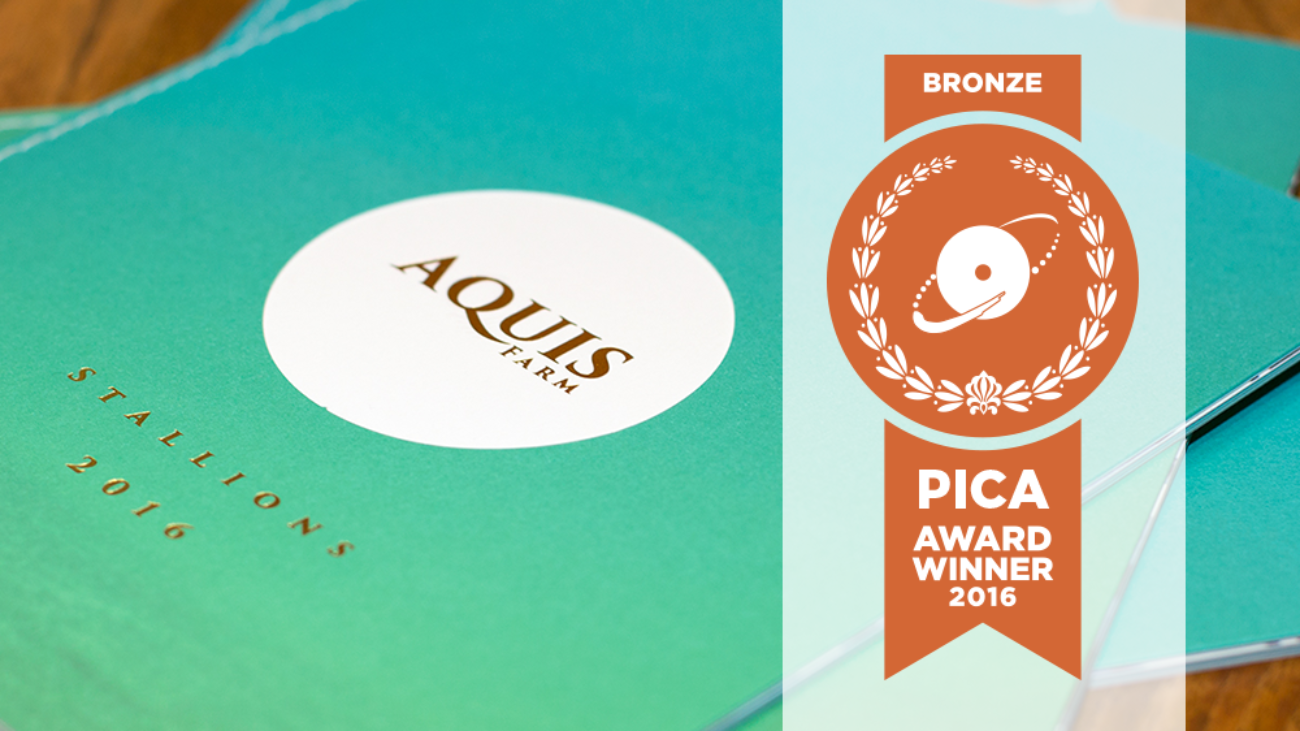Put simply, producing cornerstone content is about getting your web or blog page to rank highly by Google.
Of course, it is helpful to have informative content for the benefit of your customers and site visitors, but ultimately Google will need to be told which of your articles are the most important – especially where you write a number of posts about similar topics.
Cornerstone content then are those articles (or a static page on a topic) that you feel are the most informative and that you would like to rank highly in search engines. The key then is to create internal links to that page of content or article. Internal links are an important ranking factor.
It’s possible to have more than one cornerstone page on a website. You may have one for each of several key topics.
Cornerstone articles can be long, including everything relevant and important for your readers about the topic. Make sure it uses good SEO practice – keyword focused, headings, imagery etc. Smart internal linking can push this article up in the search results. It’s a good idea to update it regularly and expand on it when possible.
You should link all your other posts about a similar topic to that article. An internal linking structure will increase the chance of your content article ranking in Google.
If you’re using the WordPress platform, the Yoast SEO Premium plugin makes it easy for you to identify which are the cornerstone articles and to be prompted to link to them.
Blogging guru Brian Clark outlines the two core goals of cornerstone content succinctly as:
- The first goal of cornerstone content is usefulness and relevancy to the visitor, no matter how they arrive.
- The second goal is to make that content so compelling and comprehensive that people are willing – no, make that excited – to link to it.
Benefits of creating cornerstone content
- It provides a very informative source and value to readers
- Google is responsive to these sort of articles and they rank well in search engines
- Cornerstone content helps you boost your blog’s credibility
- People will be more likely to share this content on social media
- It can attract back-links from other authoritative sources
- Ultimately direct a lot of traffic and hopefully new subscribers and customers.
The benefits of linking can be seen by Fairfax media in all their articles and newsletters where they are constantly linking back to their own stories. They are forming content clusters with their authoritative journalism and feature articles.

A content article that amazes us on our own blog with the constant traffic it receives is an article about the difference between publicity and public relations. It works because it provides answers on a topic, is informative, responds to a search query, and is shareable. And, as you can see, we will link back to it wherever possible as cornerstone content.





 Let’s take the song “I saw her standing there” by The Beatles as an example of a sentence in active voice. If you wanted to make the title of this song passive, you would say: “She was standing there, and I saw it.” Hmm… Not so catchy now, is it? Other examples
Let’s take the song “I saw her standing there” by The Beatles as an example of a sentence in active voice. If you wanted to make the title of this song passive, you would say: “She was standing there, and I saw it.” Hmm… Not so catchy now, is it? Other examples

 Silver Chef
Silver Chef My Place Our Place Launched earlier this year by the team at Place Estate Agents the
My Place Our Place Launched earlier this year by the team at Place Estate Agents the  All of these case studies have different products, different markets and varied budgets, but all are great examples of what is possible if you take the time to think about how content can be the key driver of your marketing.
All of these case studies have different products, different markets and varied budgets, but all are great examples of what is possible if you take the time to think about how content can be the key driver of your marketing.




 The not-for-profit (NFP) sector is a unique beast when it comes to communication.
The not-for-profit (NFP) sector is a unique beast when it comes to communication. 









